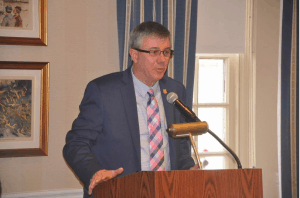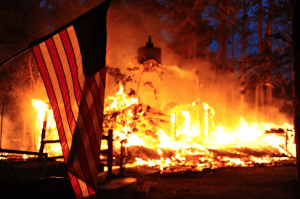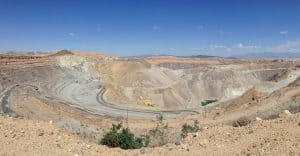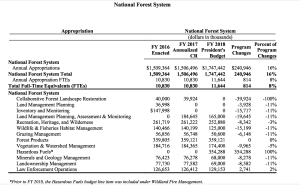
New Forest Service Chief Tony Tooke announced today that the Forest Service is unrolling “bold moves we will make throughout the agency to help our employees improve our ability to do more work on the ground, deliver more results and live up to our responsibility for sound land stewardship.” The new planning and analysis tactics will be announced next week at a Phoenix workshop attended by over 200 Forest Service leaders. These “innovations [will] demonstrate ways to significantly reduce costs and the time it takes for us to do this work, while delivering safe, high quality outcomes—with meaningful results that honor our stewardship responsibilities.”
The Forest Service’s Phoenix workshop comes at a time when some members of Congress believe that changes in environmental laws are needed. It appears Chief Tooke and his leadership team believe that the Forest Service already has the tools needed to get the job done.
Here is the complete text of Chief Tooke’s all-employees email:’
From: FS-Office of the Chief
Sent: Thursday, September 21, 2017 5:03 AM
To: FS-All FS
Subject: ***MESSAGE FROM THE CHIEF***Employees Invited to Participate via Live Stream in National Workshop on Environmental Analysis and Decision-making
Next week more than 200 leaders from around the country will convene in Phoenix, AZ, for a national workshop aimed at initiating Forest Service-wide reform of our environmental analysis and decision-making processes.
We invite you to join us via live streaming for the opening and closing sessions of the Environmental Analysis and Decision Making workshop, which brings together professionals from every level of the organization. It will result in bold moves we will make throughout the agency to help our employees improve our ability to do more work on the ground, deliver more results and live up to our responsibility for sound land stewardship.
The Workshop takes place Monday-Thursday, September 26-28. You can join 8 a.m.-noon Pacific Time Tuesday, September 26, for the opening session and 2:15-4:15 p.m. Pacific Time Thursday, September 28, for the closing session. (See instructions below)
The National Leadership Council and I will participate in portions of the session. Participants will draw on more than 30 years of experience of completing environmental analyses and making sound decisions. This includes learning from innovative efforts taking place in various units of these agency. These innovations demonstrate ways to significantly reduce costs and the time it takes for us to do this work, while delivering safe, high quality outcomes—with meaningful results that honor our stewardship responsibilities. Now is the time to apply these innovations nation-wide.
This gathering serves as a critical next step toward a collective shift for the Forest Service. The timing is right: A confluence of factors—including a back log of needed mission critical work, a need for increased employee capacity, land conditions calling for extensive forest restoration, and increased expectations for the agency to deliver services—have come together to create an urgency for change. To be successful, we will need support and commitment from all employees. I am asking you to participate in this change that will advance our commitment to citizens we serve and lands we steward.
I am personally committed to keeping this effort moving forward; I am working right alongside you to get it done. We look forward to your workshop participation—in person or live stream–and thank you for the commitment to our work ahead to improve results to sustain healthy, resilient and productive forests.
Live Steam Broadcasts:
Opening Session: 8 a.m-12 Noon, Pacific Time, Tuesday September 26
Closing Session: 2:15-4:15 pm. Pacific Thursday, September 28.
To connect to the live stream, please click on the link below:
http://fsweb.wo.fs.fed.us/nfs/live.html
Helpful advice:
· Because of bandwidth limitations, every unit should attend from a central location if at all possible.
· Confirm your system has the most recent version of Adobe Flash player appropriate for your computer.
Chief Tony Tooke








